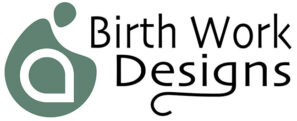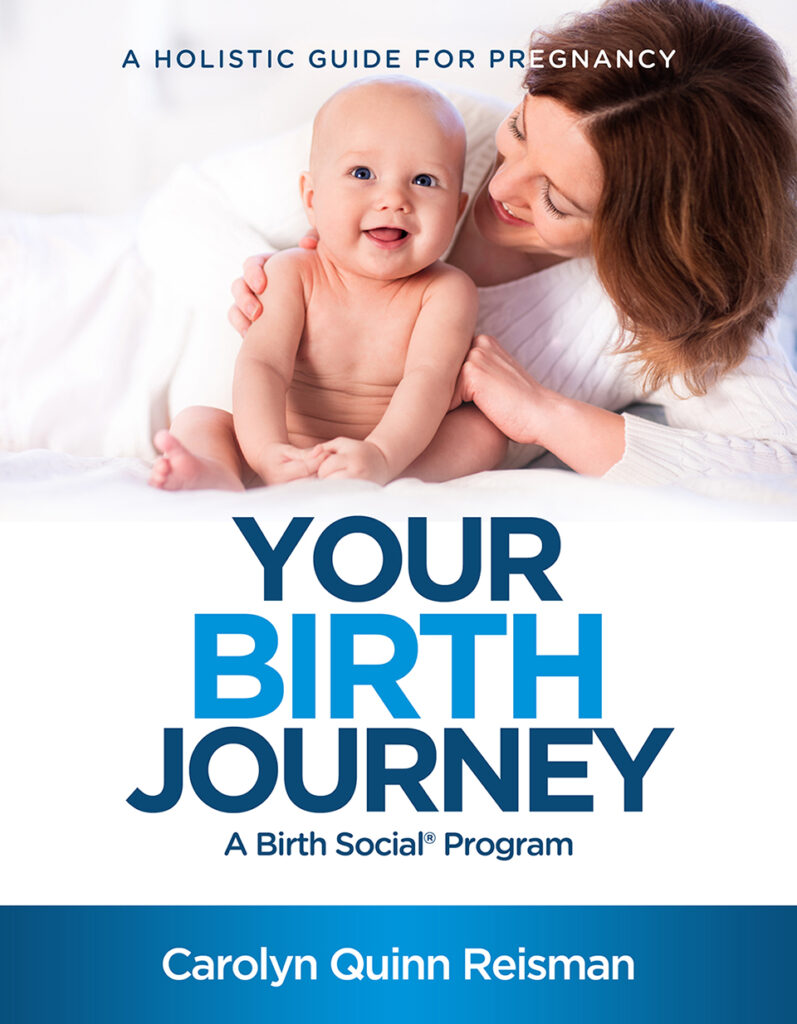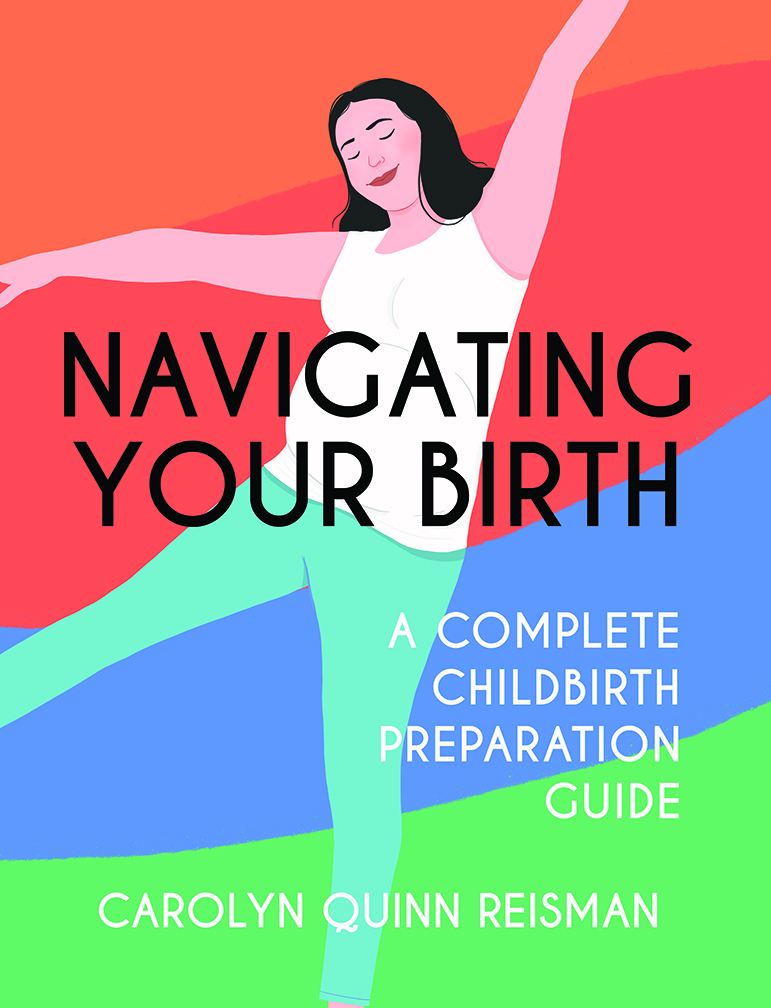“When are they going to induce you”? That is the question you will be asked once you pass that magical end of the pregnancy number, sometime beyond 39 weeks. Well-meaning family and friends want to be assured that your baby doesn’t cook too long, and following popular medical practice, induction is the way to go. Approximately 1 in 4 women in the United States are induced.
Evidence supports that labor should start on its own for healthy pregnant women. When birth hormones are allowed to play their part, the physiological process of birth unfolds with several benefits, including the normal regulation of labor contractions, the initiation of breastfeeding and infant bonding, fetal lung maturity, and much more. Midwives, childbirth educators, doulas, and others are acutely aware of these benefits and advocate for the normal birth process. The article, “Healthy Birth Practice # 1: Let Labor Begin on Its Own,” explains just what that means.
The author also discusses the rise of inductions in the United States, mainly resulting from a study in 2018. The study gave the American College of Obstetricians and Gynecologists (ACOG) the incentive to suggest induction at 39 weeks is a reasonable choice. This is in contrast to the prior recommendation: that labor be induced for medical reasons only before 41 to 42 weeks.
What is a Term Pregnancy?
A full-term pregnancy used to be defined as 37 to 42 weeks of gestation. In 2013, new definitions of term pregnancy were released by ACOG. Term pregnancy is now defined as:
- Early-Term: between 37 weeks and 38 weeks and 6 days.
- Full-Term: between 39 weeks and 40 weeks 6 days.
- Late-Term: the 41st week.
- Post-Term: after 42 weeks.
Most women will spontaneously begin labor during this time frame. A pregnancy that extends past 42 weeks is considered “post-term” and requires thoughtful information and informed consent. An informed choice is essential for you and your partner to understand the small but real risks associated with a longer, but otherwise uncomplicated pregnancy.
During your prenatal care, the midwives calculated your estimated due date (EDD) either by your last menstrual period (LMP) or by ultrasound. If using the LMP, they may have calculated your EDD using alternative formulas, such as a modified Nägele’s Rule or Mittendorf’s Rule, honoring the individual characteristics that a woman brings to her pregnancy.
Calculating the EDD requires more personalized time with each woman. Your midwife will take a thorough history of your cycles, incorporate that history into a formula, and make hands-on assessments of maternal and fetal growth patterns. This exemplifies a midwife’s philosophy of advocating a supportive and individualized approach to caring for women. But the truth is, midwives or doctors really have no idea when your “exact” due date is.
Your due date is an “estimate.”
Risks Associated With Post-Term Babies
With that said, there is an increased risk of some complications the longer your pregnancy continues beyond 42 weeks. There are basically three concerns:
Large Baby: When your baby has a chance to grow a little bigger, you may have an increased chance of prolonged labor, exhaustion, and difficulty pushing your baby out. Other risks associated with larger babies include having a 3rd or 4th-degree tear, having shoulder dystocia, or having a cesarean section.
Placenta Function: Your baby depends on proper blood flow to the placenta. As your pregnancy progresses beyond term, the placenta may not function as efficiently. This could result in a reduced flow of oxygen and nutrients to your baby. Additionally, the level of amniotic fluid may decrease, which leads to a greater chance of umbilical cord compression, meconium aspiration, and fetal distress. This is why fetal monitoring is so important.
Doing kick counts at home, as well as evaluating the amount of fluid with ultrasound and checking the baby’s heart rate with electronic fetal monitoring, helps to identify babies at risk.
Stillbirth: Overall, the stillbirth rate in the United States is between 1.1 and 1.17 per 1000. When evaluating stillbirth statistics, the numbers vary largely depending on the population and risk factors included or excluded in the study.
In the following statistics, the study included 15,000,000 pregnancies from several studies. All of the studies excluded multiple pregnancies, but most varied in their exclusion of other high-risk factors. For example, diabetes and hypertension increase the likelihood of stillbirth, but very few studies excluded this high-risk profile. That makes “numbers” difficult and certainly not fixed.
One one study, conducted by Rosenthal, excluded high-risk pregnancies and observed the following statistics:
- From 37 to 38 weeks, the rate of stillbirth is less than 3 per 10,000 pregnancies.
- Between 39 to 40 weeks, there are 3.5 to 4.2 stillbirths per 10,000 deliveries.
- At 41 weeks, the rate increases to 6.1 stillbirths per 10,000 deliveries.
- At 42 weeks, they found that 10.8 babies per 10,000 were stillbirth.
- Beyond 42 weeks, the rate increases at 4 to 7 stillbirths per 1000 deliveries.
Some factors that increase the risk of stillbirth would also risk-out a mother from having a home or birth center birth, such as diabetes, hypertension, and multiple birth. She would have to talk to her doctor about her preferences. Considerations for out-of-hospital mothers include being a first-time mother, being African American, having a BMI over 30, or being an older mom.
More than half of stillbirths have no known cause, but but researchers have found an increase in stillbirth rates as the pregnancy progresses.
Management
Suppose you carry your baby to 42 weeks. In that case, you may be offered a choice between induction of labor at the hospital with Pitocin or other methods (active management) or expectant management at your home or birth center, following your midwife’s expectant management protocols.
- Active Management: With this method, the midwives would transfer you to the hospital at 42 weeks or before for induction, depending on their state guidelines and physician collaboration. ACOG recommends that induction for post-term should take place after 42 and 0 days and by 42 weeks and 6 days, and that induction before 42 weeks can be “considered.”
- Expectant Management: With this method, you will wait beyond 42 weeks for labor to start on its own. The midwife may also suggest natural methods to stimulate labor, such as sweeping the membranes, acupuncture, homeopathic and herbal remedies, nipple stimulation, and lovemaking. The midwives will monitor your baby’s status, as appropriate, during this waiting time.
Limitations
Women should be appropriately counseled in order to make an informed choice between active and expectant management. However, midwives may be limited about what they can offer due to midwifery regulations, midwifery guidelines, and physician collaboration arrangement.
Determining mom’s readiness to induce labor with natural methods
If induction with natural methods is indicated, your midwife will determine if your cervix is “ripe” for induction by performing a cervical exam. She will assess your cervix by using a scoring method, called the Bishop’s Score. Using assessments developed by a midwife, a modified score of at least 9-12 or higher is favorable for natural induction.
If your midwife advises labor induction, there are natural methods that may be tried. However, natural induction is more likely to work when both your body is ready to give birth and your baby is ready to be born. Remember, be patient and consider your reasons carefully. Be sure that the induction is in the best interest of you and your baby. There are good reasons to induce, and there are questionable reasons. If you are just tired of being pregnant and want to have your baby sooner than later, this is not a good choice.
IF INDUCING – PLEASE – PLAN ON SUPPORT, AND IF YOU HAVE CHILDREN – CHILD CARE
ACOG Committee Opinion No 579: Definition of term pregnancy. National Institute of Health, National Library of Medicine, Obstet Gynecol, 2013 Nov;122(5):1139-1140.
Amis, Debby. Healthy Birth Practice #1: Let Labor Begin on Its Own. National Library of Medicine, The Journal of Perinatal Education, 2019, April 1; 28(2): 68–80.
Buckley, Sarah J. Executive Summary of Hormonal Physiology of Childbearing: Evidence and Implications for Women, Babies, and Maternity Care. National Institute of Health, National Library of Medicine, The Journal of Perinatal Education, 2015; 24(3): 145–153.
Chauhan, Suneet P. and Cande V Ananth. Induction of labor in the United States: a critical appraisal of appropriateness and reducibility. National Institute of Health, National Library of Medicine, Semin Perinatol, 2012 Oct;36(5):336-43.
Dekker, Rebecca. Evidence On: Inducing for Due Dates. Evidence Based Birth, 2020, February 24.
Hilder, L et al. Prolonged pregnancy: evaluating gestation-specific risks of fetal and infant mortality. British journal of obstetrics and gynaecology vol. 105,2 (1998): 169-73. doi:10.1111/j.1471-0528.1998.tb10047.x
Muglu, Javaid et al. Risks of stillbirth and neonatal death with advancing gestation at term: A systematic review and meta-analysis of cohort studies of 15 million pregnancies. PLoS medicine vol. 16,7 e1002838. 2 Jul. 2019, doi:10.1371/journal.pmed.1002838
Nicholson, James M. et al. US term stillbirth rates and the 39-week rule: a cause for concern? Am J of Obstetrics & Gynecology, 2016, February 12.
Practice bulletin no. 146: Management of late-term and postterm pregnancies. National Institute of Health, National Library of Medicine, Obstet Gynecol, 2014 Aug;124(2 Pt 1):390-396.
Rosenstein, Melissa G., et al. Risk of Stillbirth and Infant Death Stratified by Gestational Age, ACOG. Obstetrics & Gynecology, 120(1):p 76-82, July 2012.
Stillbirth Collaborative Research Network Writing Group. Association between stillbirth and risk factors known at pregnancy confirmation. JAMA vol. 306,22 (2011): 2469-79. doi:10.1001/jama.2011.1798














